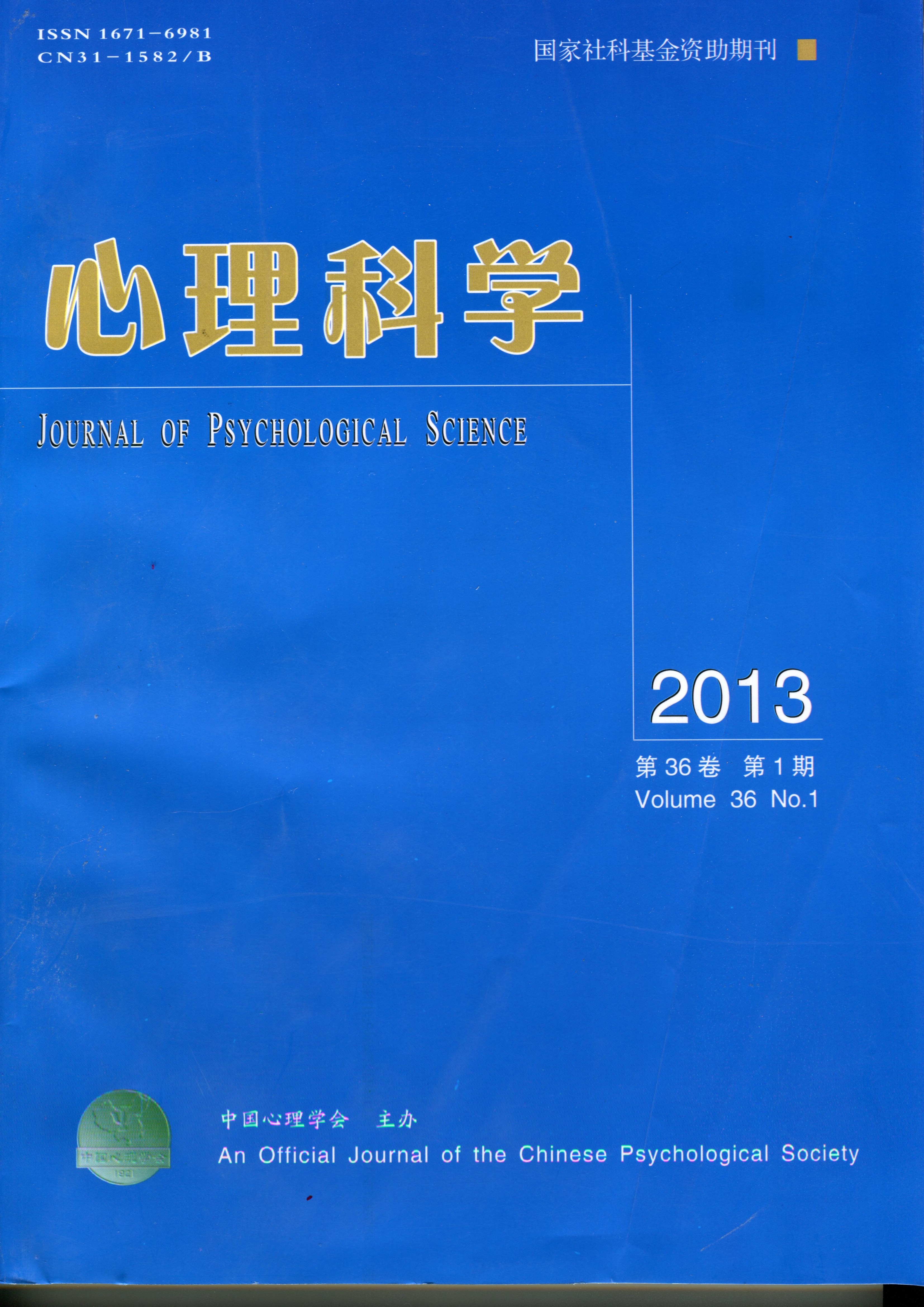|
|
Effects and its Mechanisms of Interactional Justice on Performance and Supervisory Commitment
2013, 36(1):
164-169.
In recent years, along with thorough studies of social exchange and leader-member exchange theory, interactional justice has become an important research topic in fields of managerial psychology. Previous studies have indicated that interactional justice had significant effects on organizational citizenship behavior, job satisfaction etc. (Stecher & Rosse, 2005; Chiaburu, 2007). Meanwhile some scholars thought that interactional justice could affect these variables, because trust played an important role between them (Wong, Ngo, & Wong, 2006). McAllister (1995) thought that trust was consisted of cognitive trust and affective trust. A lot of empirical evidences were available suggesting that their relationships with subsequent outcomes might differ (Yang, Mossholder, & Peng, 2009). Based on past studies, we found that scholars pay less attention to the impacts of interaction justice on task and contextual performance (particularly, voice behavior), importantly, past findings were controversy. Whether and how interactional justice affects employee’s performance? Which role trust played between interactional justice and task performance, voice behavior? In addition, previous finding indicated that interactional justice influenced employee’s commitment to organization (Leow & Khong, 2009), however, whether and how interactional justice affects employee’s commitment to supervisor? Which role trust played between interactional justice and supervisory commitment?
In order to answers above questions, this paper used scales and structural equation modeling. Scales included Interactional Justice Scale, Supervisory Cognitive Trust Scale, Supervisory affective Trust Scale, Task Performance Scale, Voice Behavior Scale and Supervisory Commitment Scale. For these scales, analysis of reliability indicated that internal consistencyαcoefficient was respectively .88, .82, .85, .90, .85, .87, which meant these scales had good reliability. For validity, confirmatory factor analysis of employees and supervisors’ data respectively showed that models fit the data better, which meant these scales had good construct validity.
Data were obtained from 215 full-time employees of sixteen companies in Shanghai and Shenzhen. To avoid the effects of common method bias, we collected employee’s interaction justice, trust and performance separately (performance data were rated by employee’s direct leader). All the data were analyzed with the software SPSS15.0 and Amos7.0, and the main statistics methods were correlation analysis and structural equation modeling. Based on data from a total of 215 matched supervisor-subordinate dyads, the results indicated that: (1) supervisory cognitive trust partially mediated the relationship between interactional justice and task performance; (2) supervisory affective trust fully mediated the relationship between interactional justice and voice behavior; (3) supervisory cognitive trust and affective trust fully mediate the relationship between interactional justice and supervisory commitment. This paper summed up the conclusion: results indicated that interactional justice may influence employee’s performance and attitude, the mechanism of influence may be supervisory trust. The present study contributed to our understanding of the relationships between interactional justice and performance, supervisory commitment by explaining in more detail the psychological mechanism involved. The results of this study had theoretical as well as impractical implications. Further studies needed to explore the relationships between supervisory distributive justice, supervisory procedural justice and employee’s attitude and behavior, and its mediating, moderating variables.
Related Articles |
Metrics
|

